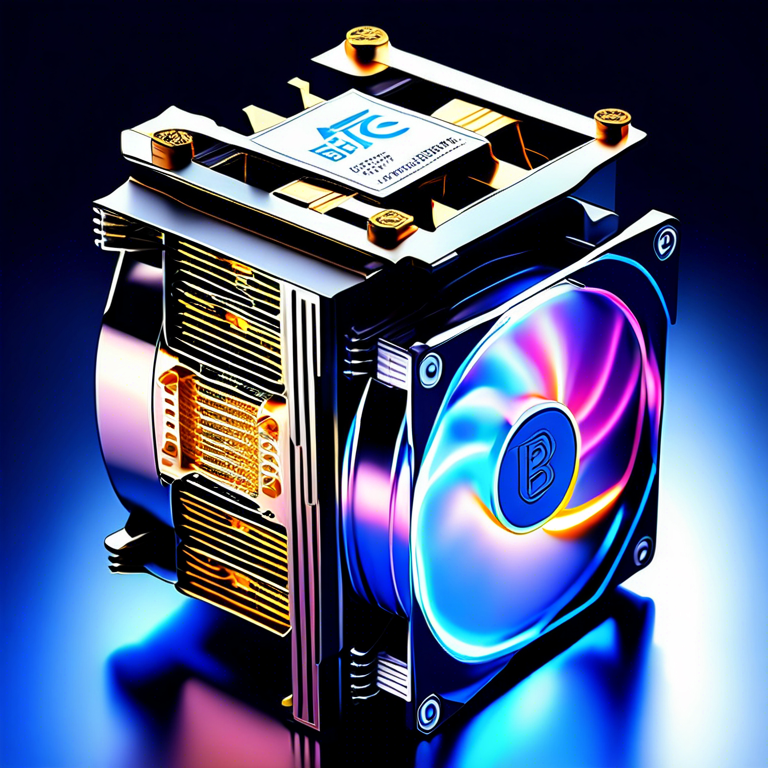Exploring the world of cryptocurrency, it’s impossible to ignore the pivotal role of ASIC (Application-Specific Integrated Circuit) miners in the evolution and efficiency of Bitcoin mining. This article dives deep into the essence of ASIC hardware, shedding light on its impact, performance, and future in cryptocurrency mining.

The Evolution of Bitcoin Mining Hardware
Bitcoin mining has undergone significant transformations since its inception. Initially, mining was feasible on regular personal computers. However, as the difficulty of mining increased, technology evolved to meet the demands. Graphic Processing Units (GPUs) were the next step, offering better efficiency than their predecessors. The real game-changer arrived with the introduction of ASIC miners, devices designed explicitly for mining cryptocurrencies. Unlike general-purpose hardware, ASICs are tailored for the optimal mining performance, providing unparalleled efficiency and speed in Bitcoin mining.
Functionality and Advantages of ASIC Miners
The primary allure of ASIC miners lies in their incredible efficiency and speed. These devices are engineered to perform the specific cryptographic calculations required for Bitcoin mining. This specialization not only enhances the mining process but also significantly reduces electricity consumption, a major concern in the mining community. Consequently, ASIC miners offer a superior hash rate—a measure of mining power—than GPUs and CPUs, making them the most sought-after hardware for miners aiming for profitability in the competitive Bitcoin mining landscape.
Considerations Before Investing in ASIC Mining
Despite their advantages, ASIC miners come with considerations. The initial investment can be substantial, and the rapid evolution of mining technology may render devices obsolete within a few years. Furthermore, the intense computational power of ASICs increases the difficulty level of mining Bitcoin, impacting the profitability for individual miners. Potential investors must conduct thorough research, considering factors like electricity costs, the current price of Bitcoin, and the hash rate of the ASIC miner before making a decision.
ASIC Miners and the Future of Bitcoin Mining
The continued advancement of ASIC technology raises questions about the centralization of Bitcoin mining power. As the equipment becomes more sophisticated and expensive, mining is increasingly dominated by large operations. This concentration of power contradicts the decentralized ethos of cryptocurrency. However, ASIC miners also contribute to network security through their powerful computational abilities. The future of Bitcoin mining with ASIC technology will need to balance efficiency, accessibility, and decentralization to sustain the health and ethos of the cryptocurrency space.
In conclusion, ASIC Bitcoin miners have undeniably revolutionized cryptocurrency mining, bringing unparalleled efficiency and power to the process. While they offer significant advantages in terms of speed and energy consumption, potential miners must weigh these benefits against the cost, potential obsolescence, and the implications for the decentralization of mining power. As the cryptocurrency landscape continues to evolve, so too will the technology driving Bitcoin mining, promising an intriguing future for ASIC hardware and the individuals and operations wielding them.

